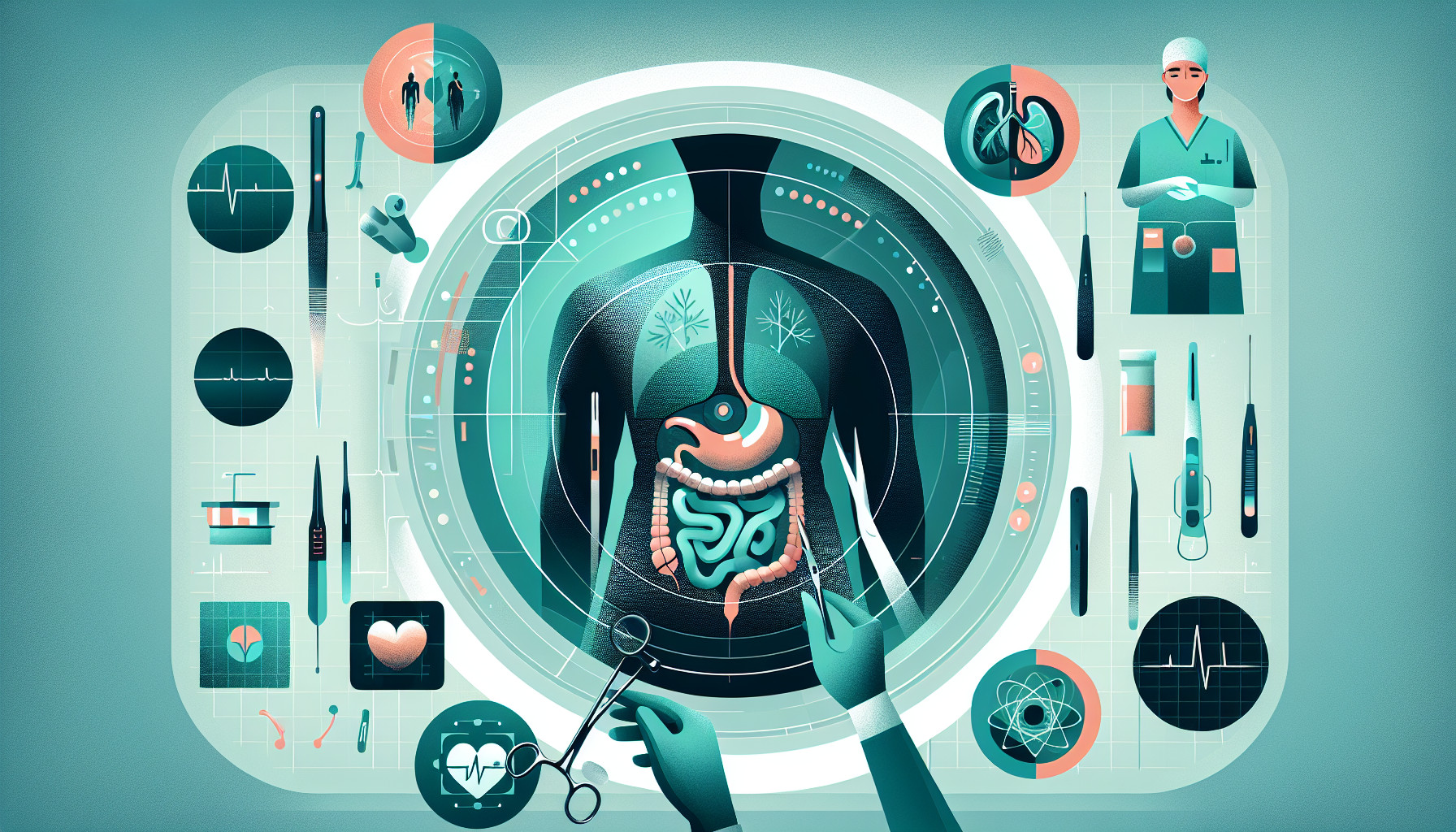Our Summary
This research paper sought to investigate if it’s safe and advisable for women to get pregnant after having an abdominoplasty (commonly known as a “tummy tuck”). This is a question because the general advice is for women to finish having children before getting this surgery.
The study used an online survey to collect information from women who had become pregnant after a tummy tuck. The survey asked questions about the women’s pregnancies, as well as about the appearance of their stomachs after their pregnancies.
32 women responded to the survey, and almost half of them said their pregnancy was not planned. Some of the women had pregnancy-related issues, like premature births, a miscarriage, and an emergency C-section. In terms of their appearance, half of the women got new stretch marks, some had a widened scar from the surgery, some had excess skin, and some had a bulging stomach.
On a scale of 1 to 10 (with 1 being no effect and 10 being the worst effect), the women rated the effect of their pregnancy on their abdominoplasty an average of 2.7. Only two women had to get their tummy tuck redone, and over half of the women said they would recommend others to get a tummy tuck before getting pregnant.
The study concluded that it might be worth revisiting the advice that women should avoid getting pregnant after a tummy tuck, as the majority of women in this study didn’t experience severe aesthetic or health-related issues.
FAQs
- Is it recommended for women to conclude family planning before undergoing abdominoplasty?
- What are the potential aesthetic outcomes if a woman becomes pregnant after having an abdominoplasty?
- Does pregnancy after abdominoplasty increase the risk for fetal or maternal complications?
Doctor’s Tip
A doctor might advise a patient considering abdominoplasty to carefully consider their family planning goals before undergoing the procedure. While there is no definitive evidence that pregnancy following abdominoplasty leads to significant complications for the mother or baby, some patients may experience aesthetic changes such as new stretch marks, widened scars, skin excess, or abdominal bulging. It is important for patients to be aware of these potential outcomes and discuss their concerns with their doctor before making a decision.
Suitable For
Overall, patients who are typically recommended abdominoplasty are individuals who have excess skin and fat in the abdominal area that cannot be eliminated through diet and exercise alone. This includes patients who have experienced significant weight loss, multiple pregnancies, or have loose skin and muscle laxity due to aging. It is important for patients to be in good overall health, have realistic expectations for the outcome of the procedure, and be committed to maintaining a healthy lifestyle after surgery to ensure long-lasting results.
Timeline
Before abdominoplasty:
- Patient decides to undergo abdominoplasty procedure due to excess skin and fat in the abdominal area.
- Patient consults with a plastic surgeon to discuss the procedure, risks, and expected outcomes.
- Patient undergoes pre-operative evaluations and preparations for surgery.
- Patient undergoes abdominoplasty surgery.
After abdominoplasty:
- Patient goes through the recovery period, which may include pain, swelling, and bruising.
- Patient follows post-operative instructions provided by the plastic surgeon.
- Patient sees gradual improvement in their abdominal contour as swelling subsides.
- Patient may experience changes in sensation in the abdominal area.
- Patient may need to wait several months before seeing final results.
- Patient may become pregnant after abdominoplasty.
- Pregnancy may result in changes to the aesthetic outcome of the abdominoplasty, such as new stretch marks, widened scar, abdominal skin excess, and abdominal bulge.
- Some patients may undergo abdominoplasty revision to address these changes.
- Overall, the aesthetic severity of changes post-pregnancy is relatively low according to the survey results.
- Some patients may still recommend abdominoplasty before pregnancy despite the potential changes in aesthetic outcomes.
What to Ask Your Doctor
Some questions a patient should ask their doctor about abdominoplasty in relation to future pregnancy include:
- Are there any specific risks or complications associated with becoming pregnant after undergoing abdominoplasty?
- How likely is it that my abdominal aesthetic outcome will be compromised if I become pregnant after the procedure?
- Are there any steps I can take to minimize potential aesthetic changes to my abdomen during pregnancy?
- What are the potential implications for both maternal and fetal health if I do decide to become pregnant after abdominoplasty?
- In the event that my abdominal appearance is affected by pregnancy, what options are available for addressing any changes that occur?
- Is it recommended to wait a certain amount of time after abdominoplasty before becoming pregnant, and if so, how long should I wait?
- Are there any additional precautions or considerations I should keep in mind if I choose to have children after abdominoplasty?
- Are there any specific signs or symptoms I should be aware of during pregnancy that may indicate a need for medical intervention related to my previous abdominoplasty surgery?
- Can you provide any guidance on lifestyle choices or habits that may help support both my abdominal aesthetic outcome and overall health during and after pregnancy?
- Is it possible or recommended to undergo abdominoplasty revision or additional procedures if significant changes occur to my abdomen during pregnancy?
Reference
Authors: Averbuch Sagie R, Wiser I, Heller L, Klein D, Hadad E. Journal: Aesthet Surg J. 2022 Jan 1;42(1):NP20-NP26. doi: 10.1093/asj/sjab356. PMID: 34622279
